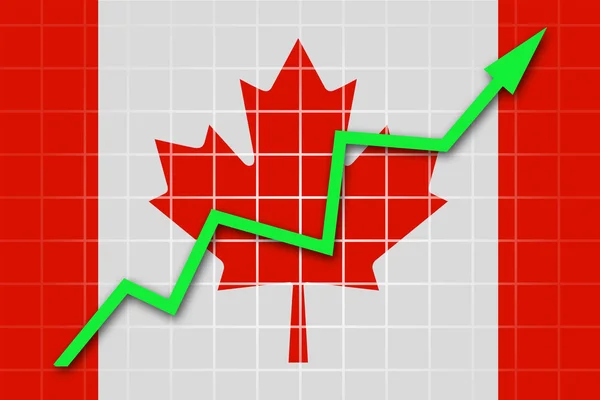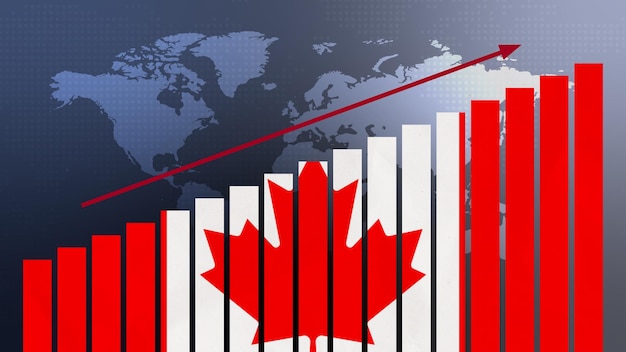Canada’s inflation rate has cooled to 2.7% in June, a figure that is slightly better than the financial industry had anticipated. This decline marks a significant development for the Canadian economy, with important implications for monetary policy and consumer spending.
Recent Developments in Inflation
The June Consumer Price Index (CPI) report from Statistics Canada showed a 2.7% year-over-year increase, down from 2.9% in May. On a monthly basis, the CPI decreased by 0.1% in June. The slowdown in inflation is largely attributed to a reduction in the prices of food, services, and durable goods. The steady decline in inflation is a positive signal for the Bank of Canada (BoC), which aims to bring inflation closer to its 2% target.
The recent inflation data has increased the likelihood of an interest rate cut by the Bank of Canada. Financial markets now estimate an 80% probability of a rate cut in June. Economists believe that the steady decline in inflation provides the BoC with the “all clear” to start easing monetary policy. A rate cut would mark the first reduction since 2020 and could provide much-needed relief to borrowers by lowering interest costs on mortgages and other loans.

Economic and Political Ramifications
The decline in inflation and the potential for lower interest rates could provide a boost to the Canadian economy by increasing consumer spending and investment. For Prime Minister Justin Trudeau’s government, this development offers a reprieve from criticism over cost-of-living issues, especially as rising grocery prices have been a significant concern. Finance Minister Chrystia Freeland highlighted the government’s role in setting the stage for potential rate cuts through fiscally responsible economic policies.
Sectoral Impact
The slowing inflation rate affects various sectors differently. Food prices, which had been a major driver of inflation, grew at a modest pace of 1.4% year-over-year in June. Conversely, higher gasoline prices slightly moderated the overall deceleration, with pump prices rising 6.1% year-over-year. Excluding gasoline, the year-over-year price increase was 2.5%, indicating that core inflationary pressures are easing.

Future Prospects
The outlook for Canadian inflation suggests continued moderation, which could prompt further rate cuts by the BoC. If the Bank proceeds with a rate cut in June, it would be ahead of other major central banks such as those in the U.S., Britain, and the European Union, whose policy rates have not yet seen similar reductions. The BoC’s key interest rate currently stands at 5%, the highest since 2001, and a reduction could stimulate economic activity by making borrowing cheaper.
Conclusion
The recent slowdown in Canada’s inflation rate to 2.7% is a positive development for the economy, providing the Bank of Canada with the justification needed to consider an interest rate cut. This move could enhance consumer spending and investment, offering a potential boost to economic growth. The data not only underscores the effectiveness of current monetary policies but also sets the stage for potential easing measures that could support a more robust economic recovery.
Marc has been involved in the Stock Market Media Industry for the last +5 years. After obtaining a college degree in engineering in France, he moved to Canada, where he created Money,eh?, a personal finance website.

